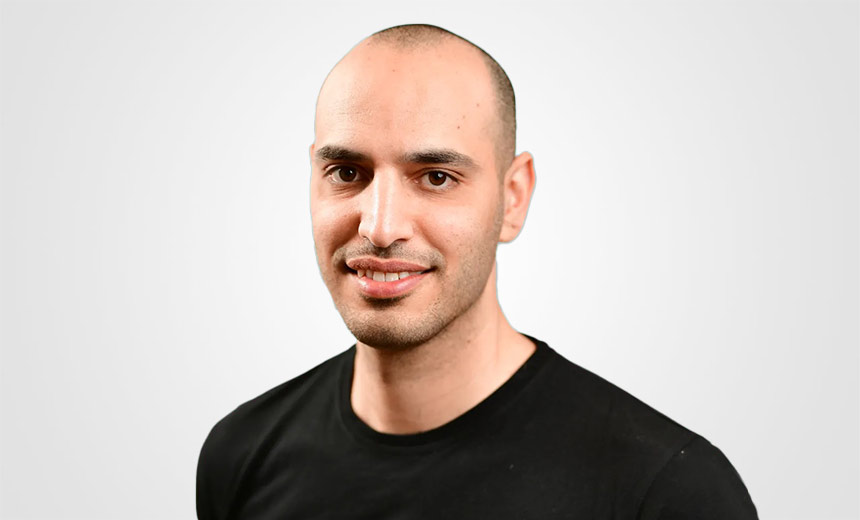Artificial Intelligence & Machine Learning
,
Cloud Security
,
Next-Generation Technologies & Secure Development
AI-Powered Cloud Remediation, Multi-Cloud Support at Core of Series B Investment

A cloud security startup led by Nvidia’s former director of business development raised $30 million to develop product capabilities such as auto-remediation and hybrid cloud support.
See Also: Webinar | Securing Cloud Architectures: Implementing Zero Standing Privileges
Stream.Security will use the Series B money to build out more rapid and accurate response tools to AI-driven cyberattacks, which are growing in speed and complexity, said co-founder and CEO Or Shoshani. Stream has built a model to monitor and assess cloud changes in real time, making the Tel Aviv, Israel-based company one of the few able to predict the impact of every change in the cloud environment.
“Everything that we have done has been very efficient,” Shoshani told Information Security Media Group. “Our small team has been able to demonstrate superior growth within Fortune 500 and enterprise organizations. Now it’s time to take all of the foundations that we have built into the company and just take it to scale.”
Why AI-Driven Attacks Flummox Traditional Cyber Defenses
Stream.Security, founded in 2020, employs 57 people and has raised $55 million. The latest funding comes 31 months after the company – then known as Lightlytics – completed a $26 million Series A round led by Energy Impact Partners. The company has been led since its inception by Shoshani, who previously spent 3.5 years as Nvidia’s director of business development and five years in the Israel Defense Forces.
Stream achieved 400% growth over the past year despite not having a large marketing team. It was thanks to the company’s focus on product capabilities and Fortune 500 customers, Shoshani said. The company aims to continue this growth trajectory by expanding both sales and product development efforts, with a focus on building a strong go-to-market team and expanding its footprint in key cloud platforms (see: From CNAPP to CDR: The Cybersecurity Road Ahead).
The company’s Series B round was led by U.S. Venture Partners, which Shoshani praised for its deep expertise in helping early-stage companies build a strong Americas go-to-market strategy as well as the VC firm’s history of taking startups public. U.S. Venture Partners will help Stream build the right long-term foundations as the company expands its market reach and operational capabilities, Shoshani said.
“They have been helping to support companies from the early stage up to IPO, and this is where we’re headed as a company,” Shoshani said. “We decided to choose USVP because we see them as key to building the right foundations for the company in the longer term.”
Many AI-driven cyberattacks are faster and more efficient than traditional methods, with a recent attack taking only two minutes and seven seconds to extract data, Shoshani said. A major shift in the threat landscape is coming, with 94% of attacks expected to be AI-driven in the next two years. As a result, cloud security solutions must keep pace by offering real-time monitoring and immediate response capabilities.
“Interest in Stream is growing superfast, with more sophisticated attacks, and the tools that currently organizations are trying to protect themselves with just don’t give enough context for the team to be able to meet that pace,” Shoshani said. “This is the gap that has accelerated in the last year and enabled Stream.Security – that was well-positioned with our product – to accelerate and shift gears very fast.”
How Stream Plans to Strengthen Cloud Response, Remediation
A significant part of Stream’s future plans revolves around improving response and remediation, he said. It often takes over seven hours for companies to respond to threats, whereas attacks can occur in under an hour. He said Stream aims to optimize this process by offering real-time remediation with minimal false positives, using their model of cloud architecture to auto-remediate without causing downtime.
“Because of the fact that we can truly understand what the architecture of the cloud is, we can become the only company in the world that can auto-remediate and auto-respond safety,” Shoshani said. “One of the major things that prevents organizations from using external tools to auto-respond is the fear of downtime because they cannot rely on external tools that, in most cases, have false positives.”
In response to customer demand for multi-cloud capabilities, Shoshani said Stream wants to expand its support for public cloud providers beyond Amazon Web Services and Microsoft Azure to include Google Cloud Platform. Shoshani also wants to strengthen Stream’s support for hybrid cloud environments and integrate on-premises solutions to offer more comprehensive coverage for enterprises.
“Everybody is utilizing multi-cloud environments and multi-cloud architecture today,” he said. “We have seen Azure as the dominant cloud within the U.K. market and AWS is within the U.S. There are two configurations today, whether they started with AWS and then moved into Azure, or whether they started Azure and then moved into AWS. We have been adding GCP capabilities to increase support.”
As part of its Series B funding, Shoshani said Stream will focus heavily on building a stronger presence in the U.S. market. The company recently hired a chief marketing officer and chief revenue officer and plans to invest in local partnerships, community engagement, and research to raise awareness of the company’s brand and product offerings.
“You need to have a first local presence within each one of the territories that you like to focus on,” Shoshani said. “Stream is going to invest in doing more work and effort within the community, invest more in research in the cloud and potential threats, just to share some of our knowledge with the industry in order to establish that relationship with the right audience.”
